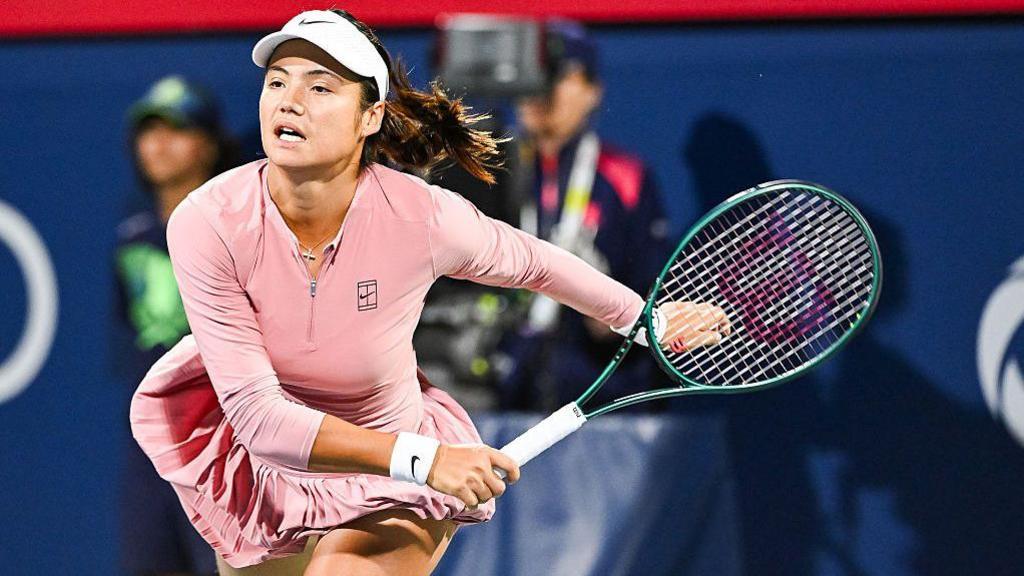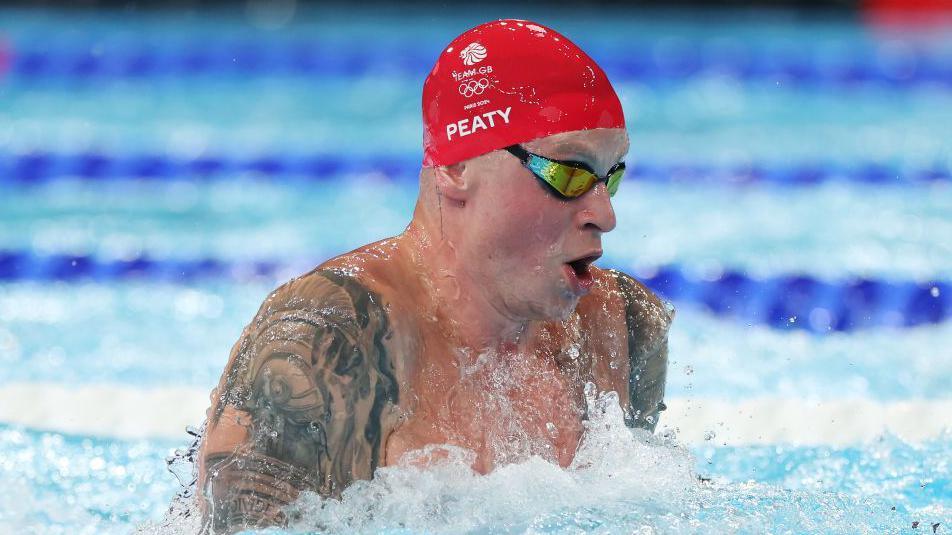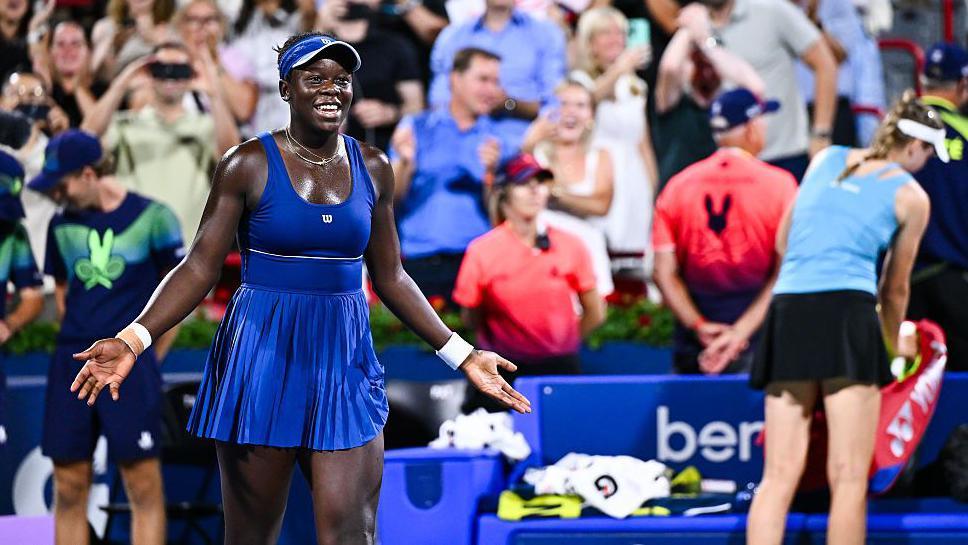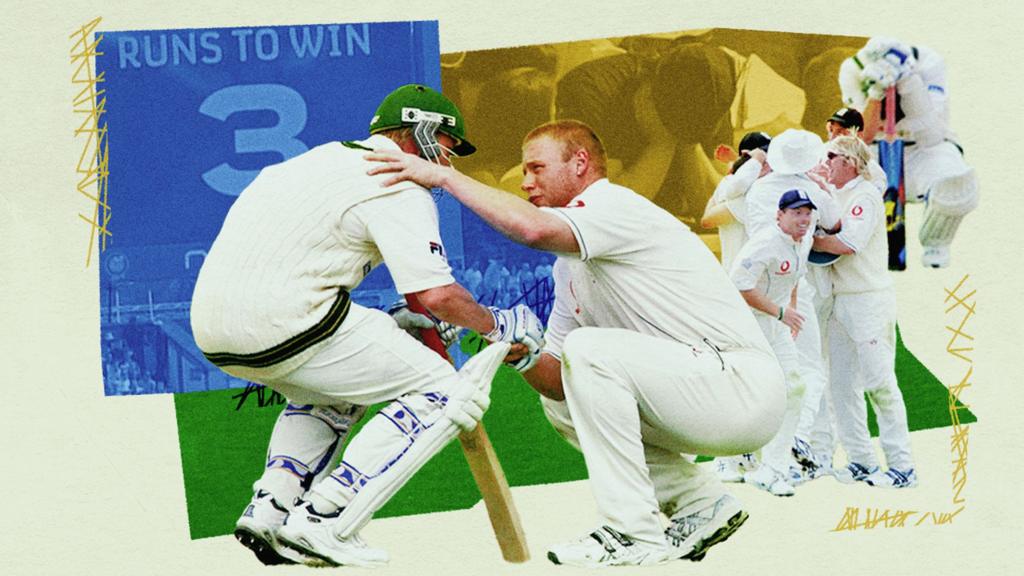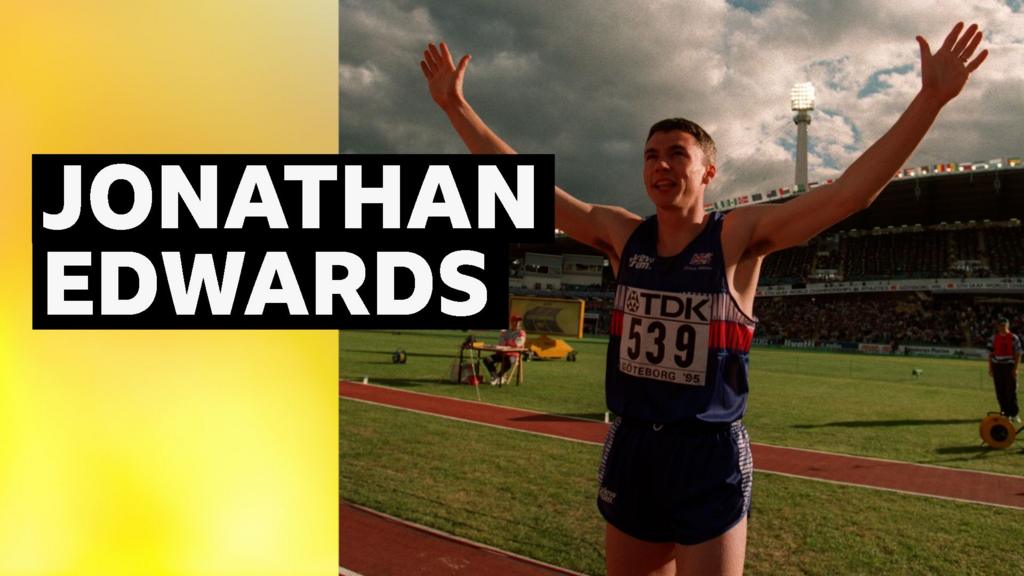Emma Raducanu says she is “excited” to be working with Rafael Nadal’s former coach Francis Roig as she prepares for this year’s US Open.
The 22-year-old had been working with British coach Mark Petchey on an informal basis since March and has now added Spaniard Roig to her team full-time.
Roig, 57, worked alongside Nadal’s uncle Toni from 2005 to 2022 and was part of all 22 of the Spaniard’s Grand Slam victories.
“He’s obviously got a bank of experience and I’m very excited to continue working with him and to have him on my side,” Raducanu told Sky Sports.
The British number one is playing in the Cincinnati Open for the first time since 2022 this week and will face either fellow Briton Katie Boulter or Serb Olga Danilovic in her opening match after receiving a first-round bye.
Roig has joined Raducanu for the WTA 1,000 event in Ohio, which is the last tournament before the final Grand Slam of the season begins in New York on 24 August.
Raducanu’s build-up to the US Open has included a run to the semi-finals at the Washington Open in July, where she was beaten 6-4 6-3 by Russian Anna Kalinskaya, followed by a disappointing defeat by Wimbledon finalist Amanda Anisimova at the Canadian Open last week.
She won just three games and only held serve twice as American world number seven Anisimova claimed a 6-2 6-1 victory in the third round.
Raducanu, who won the title at Flushing Meadows in 2021 as a qualifier, says she and Roig are pinpointing where she can boost her performance.
“I’m working on the quality of my shots to be better,” she said. “I think against the very top, that’s what it needs, it needs to improve.

Frequent changes to Raducanu’s coaching team have raised questions over her set-up.
She has not had a permanent coach since Nick Cavaday stepped aside for health reasons in January, although he rejoined her team for the grass-court season.
Raducanu has previously worked with a wide range of coaches including Nigel Sears, Andrew Richardson – who was in charge during her run to the US Open title – Torben Beltz, Dmitry Tursunov and Sebastian Sachs.
Earlier this year, Raducanu ended a trial with Vladimir Platenik after two weeks.
Related topics
- Tennis
